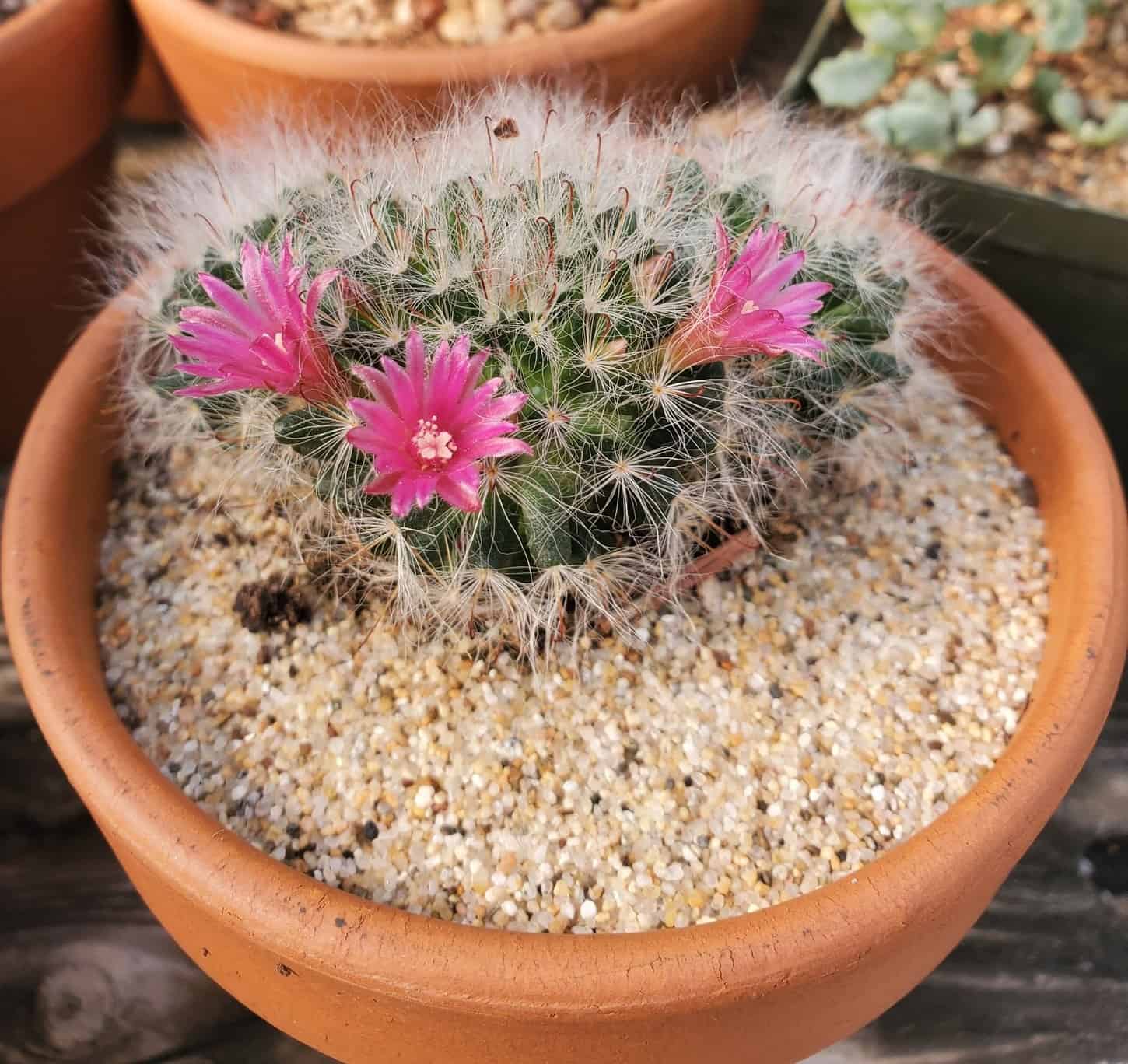Cacti are remarkable plants known for their resilience and adaptability, thriving in arid regions where water is scarce. Among the diverse array of cacti, those adorned with vibrant pink flowers stand out, captivating enthusiasts and casual observers alike. In this exploration, we delve into the allure of cacti with a pink top, examining their unique characteristics, cultivation requirements, and beauty in the landscape.
The phenomenon of pink flowers atop cacti is not merely a botanical curiosity; it represents a spectrum of evolutionary advantages. Pink, a color often associated with love and tranquility, can also have practical implications in the wild. Through this article, we will uncover the scientific reasons behind this coloration, how it benefits the plants, and the most popular varieties that grace our gardens and homes.
Understanding the color spectrum in cacti offers insights into their adaptive strategies. Various pigments contribute to the hue of plant flowers, with anthocyanins being a primary player in producing shades of red and pink. These pigments can serve multiple purposes, including attracting pollinators and filtering out harmful radiation. The visual appeal of pink flowers not only enhances the aesthetic but also plays a crucial role in the reproductive cycle of these hardy plants.
The pollination process is paramount in the survival of cacti. Many cacti with striking pink flowers attract a plethora of pollinators, from bees to hummingbirds. By drawing these creatures, the plants ensure cross-pollination, promoting genetic diversity and resilience. Hence, the pink coloration serves both as a banner to beckon pollinators and as a shield to protect against environmental stresses.
Now let’s delve into some of the most popular cacti that boast pink blooms, each with distinctive traits and requirements.
The Gymnocalycium mihanovichii, commonly known as the Moon Cactus, is one such specimen. This unusual cactus consists of a colorful top grafted onto a green base. The vibrant pink, red, or yellow tops come from the species lacking chlorophyll, making them dependent on their green host for survival. The Moon Cactus thrives in well-drained soil and requires minimal watering, making it suitable for both novice and experienced gardeners.
Another stunning example is the Echinopsis spp., particularly the Echinopsis exuberans. Known for its magnificent night-blooming flowers, this cactus produces large, pink blooms that can reach up to six inches in diameter. Preferring bright sunlight and well-draining soil, Echinopsis exuberans showcases its flowers predominantly in the warmer months, enchanting observers with its fleeting beauty.
Moving on to the Notocactus magnificus, often referred to as the Ball Cactus, we find a spherical shape topped with vibrant pink flowers during the blooming season. This hardy plant is native to South America and thrives in rocky substrates, making it ideal for xeriscapes or rock gardens. Not only does it provide a striking visual element, but it also requires minimal maintenance, flourishing with infrequent watering and ample sunlight.
When establishing a cactus collection or adding to an existing garden, understanding the growing conditions is imperative. While many pink-flowering cacti share similar preferences, a few key factors can significantly influence their growth.
Light is a crucial element in the cultivation of cacti. Most species thrive in full sun, requiring at least 6 to 8 hours of direct sunlight daily. Insufficient light can lead to etiolation, a phenomenon where the plant becomes elongated and weak. For indoor varieties, placing them near a south-facing window often produces ideal conditions.
Soil composition is another vital aspect. Cacti prefer well-draining soil to prevent root rot, which can occur when water accumulates around the roots. A specialized cactus mix, or a combination of potting soil, sand, and perlite or gravel, can create an optimal environment.
Watering practices also require careful consideration. Overwatering is perhaps the most common mistake when it comes to growing cacti. A good rule of thumb is to water only when the soil is completely dry; during the growing season, this may mean watering every two weeks, while in the dormant winter months, the frequency should be reduced substantially.
Cacti with pink flowers offer an exciting opportunity to engage with nature’s palette while benefiting from their resilience. Whether grown indoors or outdoors, they provide a visual feast, enhance home décor, and foster an appreciation for the intricate beauty of these plants. Each species, from the Moon Cactus to the Echinopsis, has unique traits and requirements, yet they share a common allure that draws attention and admiration.
Moreover, these plants symbolize endurance and the beauty of life in harsh conditions, making them not only stunning additions to any collection but also poignant reminders of nature’s tenacity. By understanding their needs and appreciating their characteristics, enthusiasts can ensure that the vibrant beauty of cacti with pink tops continues to thrive, bringing joy and vitality to environments everywhere.





Leave a Comment